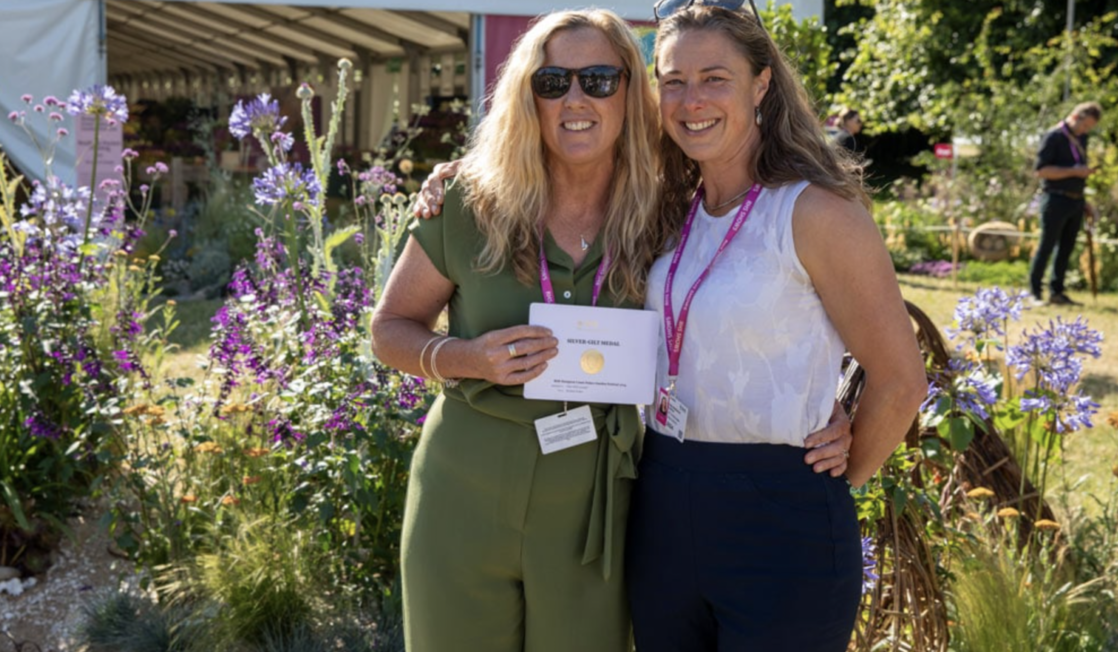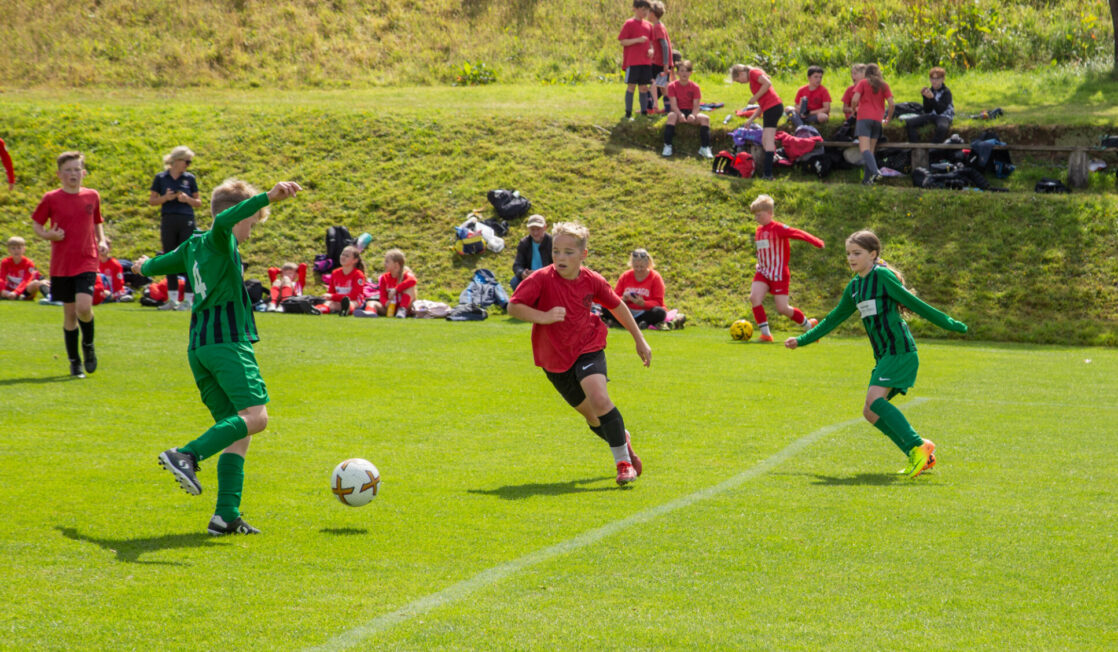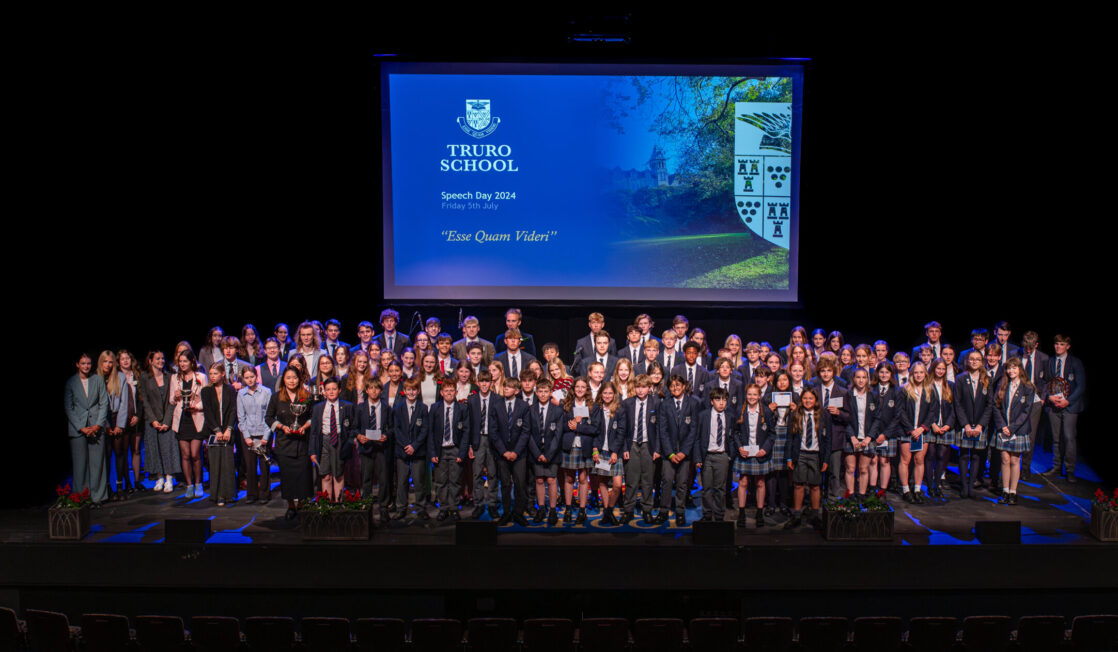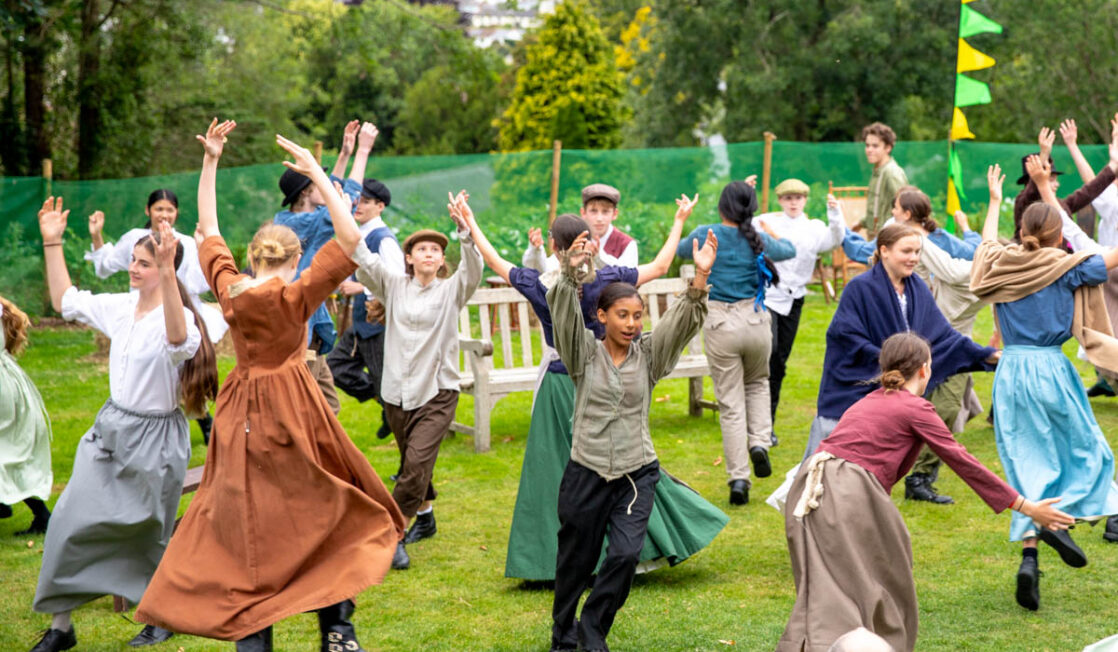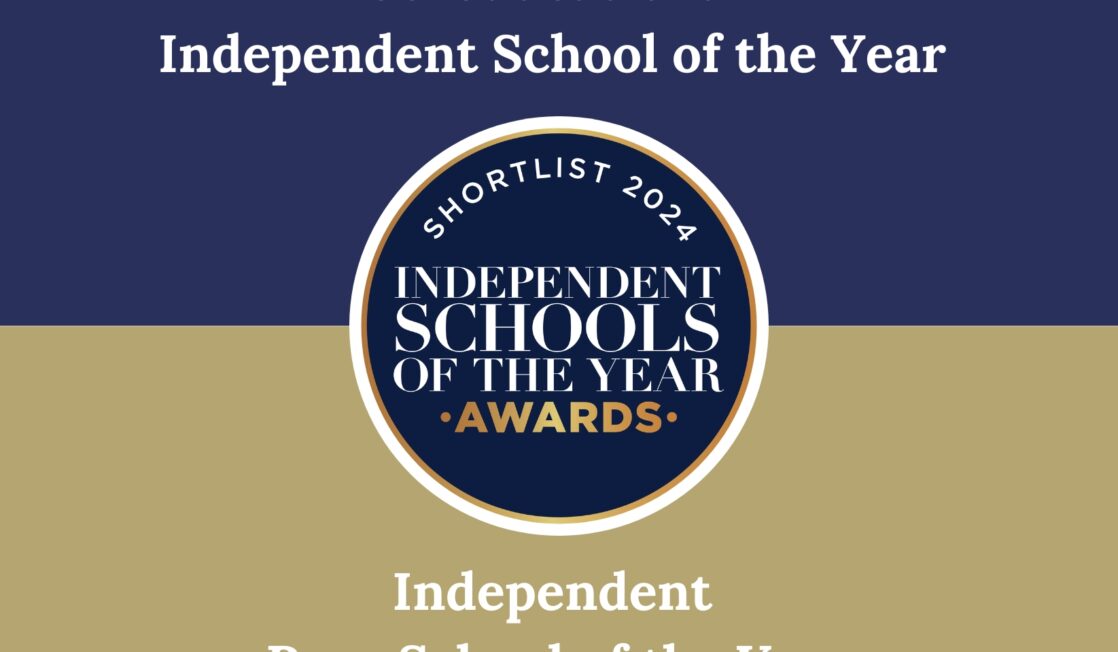Last week, ‘nature’ was the theme of Mental Health Awareness Week. During lockdowns we brought you a few scenic pictures of the school looking its best, surrounded in natural beauty as the seasons changed, while awaiting your return. Like busy bees behind the scenes, the upkeep of these green areas is down to the Estates team who work year-round to maximise blooming opportunities, identifying prime areas to grow flowers and trees to make our campus a pleasant place to be, for us and for wildlife.
In between keeping the fields trim and proper for playing sports, groundsman Doug sensitively maintains over a mile of hedgerows by reducing how often they are trimmed. This way, there is an increase in plant diversity and habitat which in turns provides cover for many species of bird and mammals, and it appears to be working.
Doug said: “There have been foxes, roe deer, badgers (we have a badge set on site), bats, tawny owls, peregrine falcons, sparrow hawks, and gold crests as well as many more butterfly and bird species spotted around the area. The hedge rows are important ‘wildlife corridors’ that link the school with the surrounding farmland and the Fal estuary, much of which is protected as an ‘area of outstanding natural beauty’.”
1st Years helped contribute to this eco system by planting 140 native trees on the edges of our playing fields in December, increasing the woodland habitat that many bird species rely on. Species included oak, wild cherry, crab apple, willow and hazel. Elsewhere, along the drive towards the chapel, an orchard has been planted with apple varieties, including King Byerd, which is the type grown for Cornish Rattler Cider.
The plants used in seasonal displays around the grounds, such as the school shield by the Burrell, are bought as small plugs from a local nursery which are transferred to the school’s greenhouse (located towards the girls’ boarding houses) and grow until they are ready to be planted. Over 400 plants are used in the shield and a further 200 plants are displayed elsewhere in pots and as borders which all helps towards the effort of saving bees and butterflies.
Tom, one of the gardeners explained: “Plants we use are as bee friendly as possible to boost biodiversity. Additionally, all our garden waste is composted which we then use as a mulch for our beds and borders, and also sieved and used as a potting compost. And this year we have made our own liquid plant feed from seaweed. If trees are felled then some of the wood is stacked to create habitat piles, and where possible and safe we also leave dead standing wood which is important habitat for invertebrates and bird species, like woodpeckers.”
What’s your favourite green area in school?


